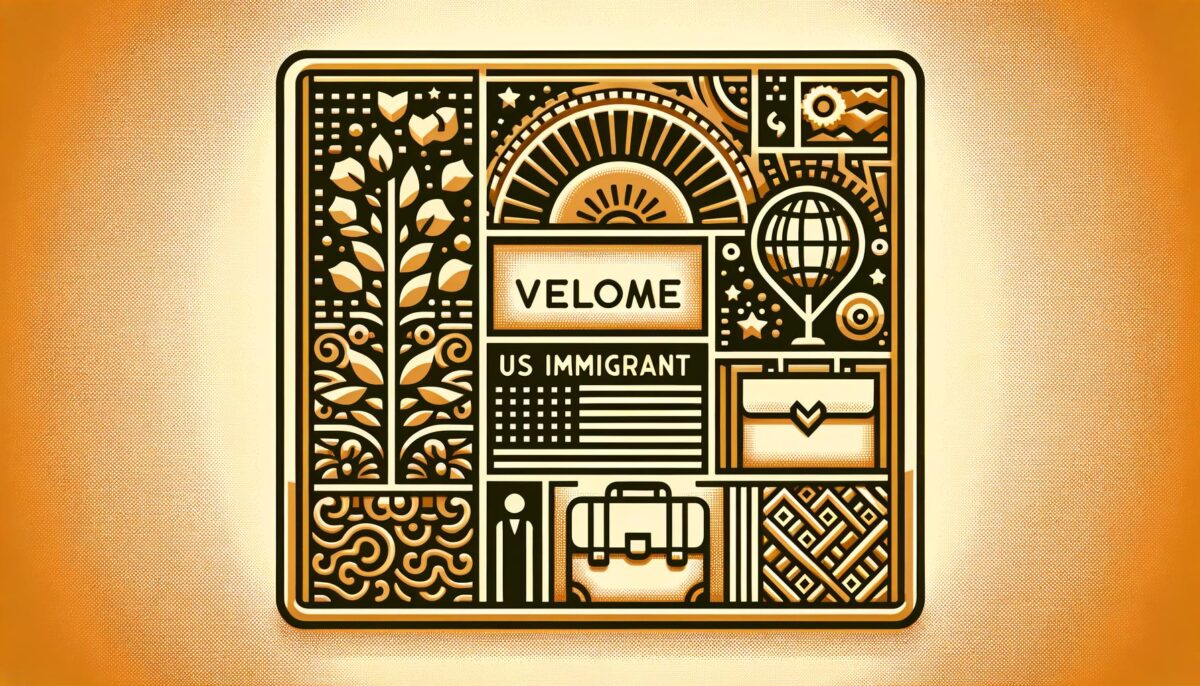Understanding the Basics of U.S. Immigrant Work Visas
The U.S. provides several pathways for immigrants to work legally, each with its own set of requirements and processes. The most common types of immigrant work visas include the H-1B, L-1, and E-2 visas. Each of these visas is designed for different purposes and types of workers. For instance, the H-1B visa is typically for professionals in fields like technology and engineering, and it requires applicants to have a job offer from a U.S. employer. The L-1 visa is for intra-company transferees who work for an employer that operates both abroad and in the U.S. Meanwhile, the E-2 visa is designated for investors who are planning to invest a substantial amount in a U.S. business. Understanding which visa category aligns with your qualifications and goals is crucial in navigating the application process efficiently.
Eligibility Criteria and Requirements
Each work visa category has specific eligibility criteria that applicants must meet. The H-1B visa, for example, requires a job offer for a position that typically requires a bachelor’s degree or higher in a specific specialty. Furthermore, the applicant must possess the necessary educational qualifications. The L-1 visa applicant must have worked for the parent company abroad for a continuous period prior to the transfer and must be in an executive, managerial, or specialized knowledge capacity. In contrast, the E-2 visa requires applicants to be nationals of a country with which the U.S. maintains a treaty of commerce and navigation, and they must demonstrate that the investment is substantial. Meeting these requirements is vital, as non-compliance can lead to delays or denials.
The Application Process: Step-by-Step
Applying for a U.S. immigrant work visa involves several critical steps. Initially, the sponsoring employer must submit a petition to the U.S. Citizenship and Immigration Services (USCIS) on behalf of the applicant. For the H-1B visa, this includes filing the Labor Condition Application with the Department of Labor before the visa petition. Once the petition is approved, the applicant must complete a visa application, pay the required fees, and schedule an interview at a U.S. embassy or consulate. It is also crucial to prepare for the interview by organizing the necessary documentation, such as the job offer letter, educational certificates, and proof of ties to the applicant’s home country. This meticulous preparation can significantly influence the success of the visa application.
Common Challenges and How to Overcome Them
Many applicants encounter challenges during the visa application process, such as navigating complex legal terminology or meeting stringent eligibility criteria. One of the primary challenges is understanding the quota and deadline limitations associated with certain visa categories like the H-1B, which are subject to annual caps. Additionally, visa applicants often face difficulties during the Embassy interview due to a lack of proper documentation or inconsistent information provided. To overcome these obstacles, it is advisable to consult with an immigration attorney or a certified immigration consultant. These professionals can provide guidance tailored to individual circumstances, ensuring that the necessary procedures are followed meticulously and improving the chances of a successful visa application.
Tips for a Successful Visa Application
Successfully obtaining a U.S. immigrant work visa involves thorough preparation and attention to detail. Here are some tips to enhance your application process:
- Start the application process well in advance to avoid last-minute issues.
- Ensure all documentation is up-to-date, complete, and organized.
- Consult with immigration experts for advice on complex cases.
- Prepare for the interview by practicing potential questions and reviewing your application details.
By following these strategies, applicants can navigate the visa process with increased confidence and a higher chance of success.
Conclusion: Taking the Next Steps Towards Your U.S. Work Journey
Embarking on the journey of obtaining a U.S. immigrant work visa can seem daunting, yet understanding each step of the process and preparing thoroughly can mitigate many challenges. Prospective applicants are encouraged to research their specific visa category, ensure they meet all requirements, and seek expert advice when needed. By doing so, individuals increase their chances of a successful application, paving the way for a fruitful employment experience in the United States. As you move forward, remember that patience and diligence are your allies in navigating this complex but rewarding journey.
